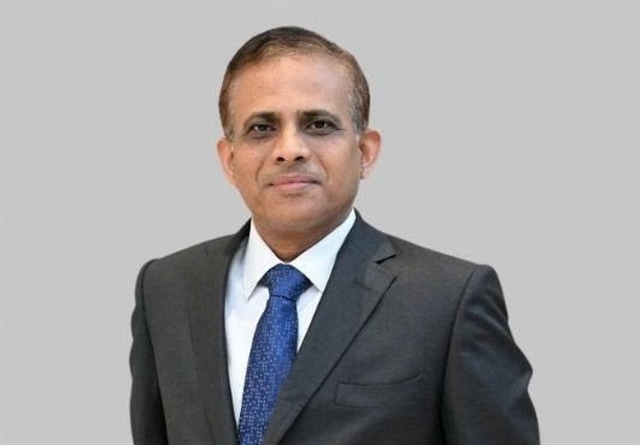Vested interests doing damage in banking
Vested interests doing damage in banking
Concerns are being raised by various stakeholders in Vietnam’s banking sector regarding the risks of cross-ownership, emphasising the need for regulatory reforms to enhance transparency, mitigate the dominance of major shareholders, and propose measures such as reducing ownership ratios and expanding information disclosure.

A report published last week by the National Assembly Economic Committee (NAEC) on Vietnam’s economic landscape and state budget for 2022-2023 has brought to light the convoluted patterns of cross-ownership, manipulation, vested interests, and clandestine lending within the country’s banking sector.
Ha Sy Dong, Deputy Chairman of Quang Tri People’s Committee, elucidated the ever-evolving and intricate nature of these practices, which pose significant threats to the stability of the financial system.
“One such risk is the augmentation of virtual capital through investment borrowing and mutual contributions, either directly or indirectly through subsidiary and affiliated firms. This artificially inflates the system’s capital solely on paper, resulting in distortions in bank management, risk evaluation, provisioning for non-performing loans, and financial surveillance,” he said.
Moreover, he warned that risks emerge from the domination and takeover by large shareholders and related parties, whereby parent banks, subsidiaries, and affiliated companies jointly invest in a single enterprise, exerting substantial control over the operational activities of banks.
Dong provided illustrative examples, such as BaoVietBank and PVcombank, where state-owned enterprises hold shares surpassing 15 per cent of the charter capital, along with the case of Truong My Lan, Van Thinh Phat Group, and SCB. These instances underscore the prevalence of cross-ownership and its ramifications within Vietnam’s banking panorama.
According to Dong, numerous banks fail to conform to their intended status as publicly listed companies in accordance with existing legal regulations, impeding specialised regulatory bodies’ ability to effectively identify and address the issue.
Dang Ngoc Huy, Standing Deputy Secretary of Quang Ngai Party Committee, pointed out, “Beyond SCB or Van Thinh Phat Group, numerous businesses rely on the support of banks. The issue of cross-ownership remains unresolved and underscores the necessity for preventive measures within the framework of the Law on Credit Institutions.”
In the draft legislation, Nguyen Hai Nam, a member of the NAEC, introduced provisions to decrease the ownership ratio of major shareholders from 5 to 3 per cent to curb their dominance.
He contended that in reality, various techniques are employed to circumvent the law, such as holding a small number of shares while receiving authorised mandates to hold 9-10 per cent ownership from other shareholders.
Nam cited Italy’s experience in tackling cross-ownership during the 1990s, which entailed promoting equity divestment to bolster modern governance and reform the legal framework (see box).
In line with Nam’s viewpoint, NA Chairman Vuong Dinh Hue stated that the government’s directive is not merely to limit cross-ownership but to eradicate it, making the banking system robust. He highlighted, “In other countries, credit institutions are obliged to publicly disclose and report major shareholders’ holdings, enabling the public to identify the associated groups and controllers of banks. Vietnam should consider this valuable experience as the country is witnessing the emergence of organisational models resembling financial conglomerates.”
Meanwhile, Dong from the central province of Quang Tri proposed, “More collaborative opportunities for foreign investors in the banking sector should be encouraged to address this issue. Such capital influx would support banks’ restructuring process as well as enhancing corporate governance.”
“Furthermore, in order to mitigate the adverse effects of cross-ownership, it is imperative to contemplate broadening the scope of information disclosure to encompass all shareholders, whether individuals or related groups that possess at least 1 per cent stake of the institution’s charter capital. This would enhance transparency with regard to ownership and guarantee the security of the credit institution’s operations,” Dong added.

























